The North Korean nuclear missile crisis, and the threat of Iran’s current advanced missiles and, due to the limitations of the Iran nuclear deal, the near future possession of atomic weapons may be two sides of the same dilemma.
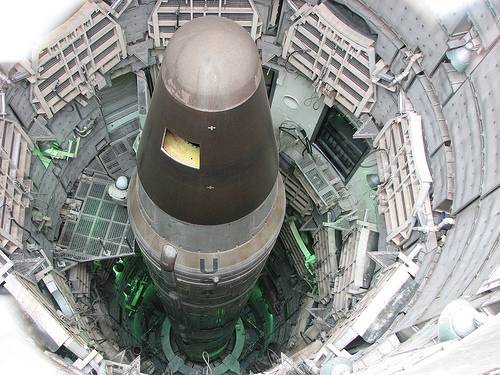 A Congressional Research Service report has revealed that: “…ballistic missile technology cooperation between the two is significant and meaningful…Iran has developed a close working relationship with North Korea on many ballistic missile programs, starting with acquisition of Scud missiles from North Korea in the 1980s…In 1992 testimony, then-Director of Central Intelligence (DCI) Robert Gates identified Iran and Syria as recipients of North Korean Scud missiles. In 1993, then-DCI R. James Woolsey provided more detail, stating that North Korea had sold … Iran extended range Scud C missiles and apparently agreed to sell other forms of missile technology. .. North Korea’s ongoing export of ballistic missiles provided a qualitative increase in capabilities to countries such as Iran. Second, Iran was using North Korean ballistic missile goods and services to achieve its goal of self-sufficiency in the production of medium range ballistic missiles. Third, Iran’s acquisition of missile systems or key missile-related components, including potentially significant inputs of space launch vehicle technology and support, could significantly improve Iran’s ability to produce an ICBM. In the latter 2000s, the IC continued to assess that North Korean cooperation with Iran’s ballistic missile programs was ongoing and significant…Iran has likely exceeded North Korea’s ability to develop, test, and build ballistic missiles. But Tehran may, to some extent, still rely on Pyongyang for certain materials for producing Iranian ballistic missiles.”
A Congressional Research Service report has revealed that: “…ballistic missile technology cooperation between the two is significant and meaningful…Iran has developed a close working relationship with North Korea on many ballistic missile programs, starting with acquisition of Scud missiles from North Korea in the 1980s…In 1992 testimony, then-Director of Central Intelligence (DCI) Robert Gates identified Iran and Syria as recipients of North Korean Scud missiles. In 1993, then-DCI R. James Woolsey provided more detail, stating that North Korea had sold … Iran extended range Scud C missiles and apparently agreed to sell other forms of missile technology. .. North Korea’s ongoing export of ballistic missiles provided a qualitative increase in capabilities to countries such as Iran. Second, Iran was using North Korean ballistic missile goods and services to achieve its goal of self-sufficiency in the production of medium range ballistic missiles. Third, Iran’s acquisition of missile systems or key missile-related components, including potentially significant inputs of space launch vehicle technology and support, could significantly improve Iran’s ability to produce an ICBM. In the latter 2000s, the IC continued to assess that North Korean cooperation with Iran’s ballistic missile programs was ongoing and significant…Iran has likely exceeded North Korea’s ability to develop, test, and build ballistic missiles. But Tehran may, to some extent, still rely on Pyongyang for certain materials for producing Iranian ballistic missiles.”
A Strategic Sentinel study first reported by the Voice of America noted that “…reviews of satellite images suggest North Korea may possess another missile launching site at a village once suspected of having nuclear facilities…The silo, an underground chamber used for storing and firing missiles, seems analogous to the one at a missile base in Tabriz, Iran…”
North Korea’s nuclear threat, the result of decades of U.S. neglect and appeasement, has grown into a crisis that has Washington scrambling to determine a meaningful response. The Iran nuclear deal has laid the groundwork for precisely the same problem with that nation in the very near future.
In April, U.S. Secretary of State Tillerson proclaimed: “Iran’s nuclear ambitions are a grave risk to international peace and security… With its latest test of a medium-range ballistic missile, Iran’s continued development and proliferation of missile technology is in defiance of UN Security Council Resolution 2231. nd it has previously stated it will conduct a second test flight of the Simorgh space-launch vehicle, which would put it closer to an operational intercontinental ballistic missile.Any discussion of Iran is incomplete without mentioning the JCPOA. [Joint Comprehensive Plan of Action] The JCPOA fails to achieve the objective of a non-nuclear Iran; it only delays their goal of becoming a nuclear state. This deal represents the same failed approach of the past that brought us to the current imminent threat we face from North Korea. The Trump administration has no intention of passing the buck to a future administration on Iran. The evidence is clear. Iran’s provocative actions threaten the United States, the region, and the world.”
In July, the Jerusalem Post disclosed that “German intelligence reports emerged in June and July revealing the Iranian regime’s continued pursuit of nuclear weapons and missile technology in defiance of international sanctions and UN resolutions… According to the German state of Hamburg’s intelligence agency: ‘there is no evidence of a complete about-face in Iran’s atomic polices in 2016’ [after the Islamic Republic signed the JCPOA accord with world powers in 2015, designed to curb Iran’s nuclear program in exchange for sanctions relief]. Iran sought missile carrier technology necessary for its rocket program.”
Frank Vernuccio is the Editor-in-Chief of the New York Analysis of Policy & Government, which provides practical reviews of key issues facing the United States.

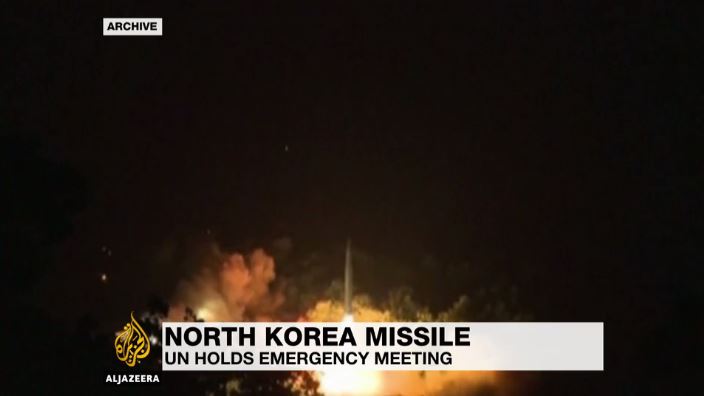


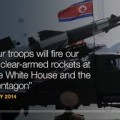
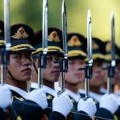
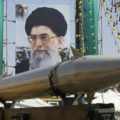
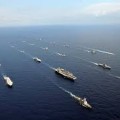











Follow Us